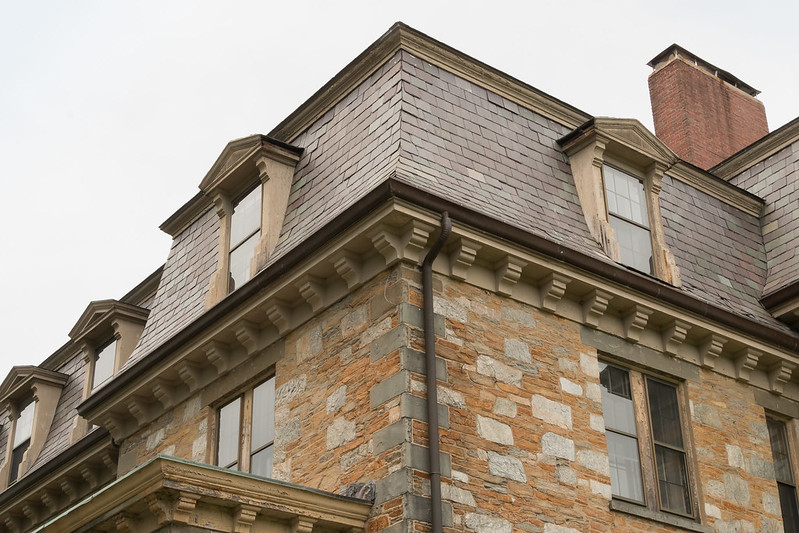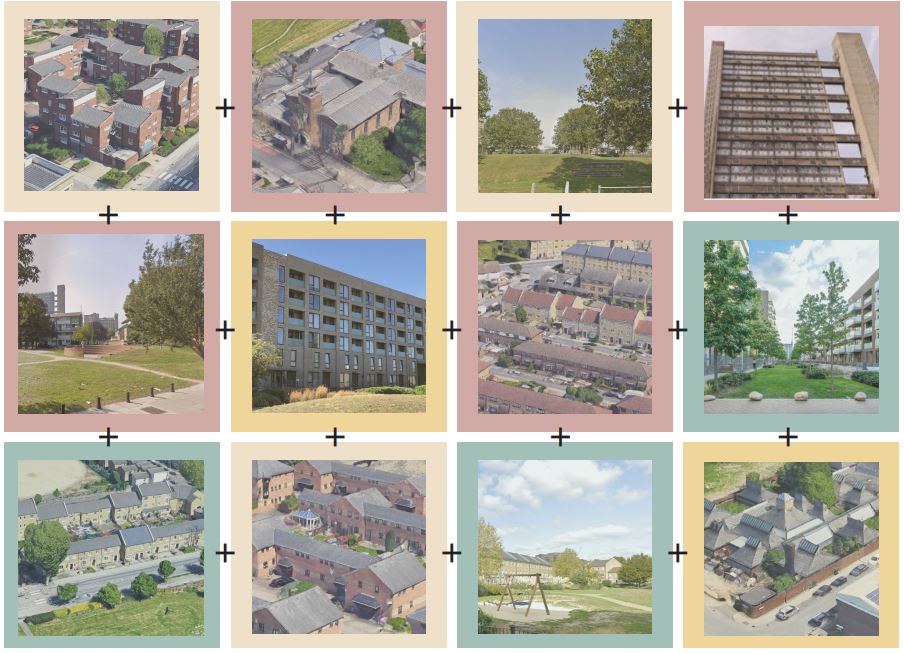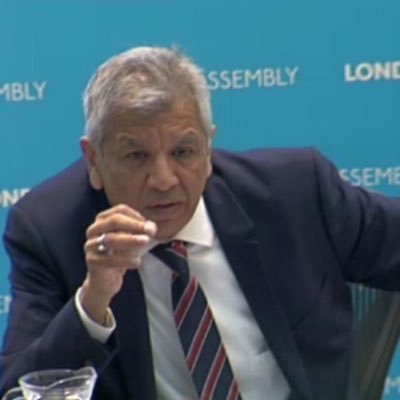2026 will see the 75th anniversary of 1951’s Festival of Britain. A stone’s throw from Poplar HARCA offices, the Lansbury estate in Poplar, east London (named after former Labour leader George Lansbury) was featured in the Festival’s live architecture exhibition as an exemplar of post-war neighbourhoods. A model for modern housing solutions that would improve the quality of life for residents, while addressing the acute housing shortages caused by World War II.
The estate became a symbol of government-led urban renewal and the blueprint for many of the New Towns that followed under Clement Atlee’s mass housing programme. Atlee’s government oversaw the delivery of over 1million homes in 6 years. As MP for neighbouring Limehouse, he would have well understood the relationship between housing and people’s life chances, and the potential for decent homes and places to improve these.
Sounds familiar, doesn’t it? The government’s ambitions to get Britain building today clearly aim to meet comparable challenges to those the country faced three quarters of a century ago. Their new housing plan offers remarkably similar solutions. We face the twin challenges of a housing crisis and regional inequalities. This government has a vital opportunity to address these issues through a long-term regeneration strategy that meets demand for new homes, empowers communities and fosters inclusive growth. Places like Poplar present a unique opportunity for the government to apply the lessons learned from history to today’s setting.
Unlocking new homes in the capital
The proposed New Towns programme will go a long way to deliver places where land is available, but in already densely populated urban areas like London, unlocking estate regeneration must be an important component. Inequalities are not just regional, and much of London faces the same challenges as other areas. Better quality, mixed-tenure housing as part of rejuvenated urban neighbourhoods is a vital part of creating vibrant, sustainable communities where residents feel empowered, valued and able to thrive.
Local, community driven estate regeneration
Poplar HARCA has been developing a successful model of community-driven, locally delivered estate regeneration since our inception in 1998. Operating within a square mile, we manage more than 10,000 homes alongside community facilities, green spaces, workspaces and shops. Nearly one third of our staff live locally and residents are active participants in shaping our services. The benefits of our local model were reflected recently in Poplar HARCA achieving the highest tenant satisfaction scores in London.
We empower communities to stay, grow and thrive. Regeneration here is not an imposed external process but one shaped and led by people who live here. It delivers on both housing needs and community health and well-being. This approach unlocks sustainable regeneration that benefits everyone.
Lessons we’re learning
We’re learning lessons along the way, which could help this government’s thinking as it develops its turbocharged housing and regeneration programme.
Put residents at the heart of regeneration
We create opportunity, enabling residents to stay, grow and thrive. Our generous landlord offer includes ‘one move’, avoiding disruption to people’s lives. We shape places where long-standing and new residents contribute to their neighbourhoods – as civic leaders, business owners, in local jobs, as volunteers or in education. Our St Paul’s Way scheme includes a new primary school, nursery, mosque. play facilities and a district heating approach.
Empower communities to shape regeneration
Our schemes are steered by communities. Listening campaigns, co-design, resident steering groups and ballots, alongside day-to-day conversations, ensure that what we build reflects the needs and aspirations of those who live, work and study here. For our plans on the Aberfeldy estate, 93% of residents voted in favour of regeneration and our approach gained national recognition.
Work in partnership to deliver infrastructure
Effective regeneration is about building strong, collaborative partnerships. The value of our joint ventures with development partners, higher education institutions, community organisations, businesses, local and national government has delivered new housing, health services, education, youth services, workspace, faith centres, green spaces, transport connectivity, community facilities and employment services.
Like Atlee’s government, we understand the inherent link between housing and life outcomes, so we take a holistic approach to regeneration, one that focuses on people having access to the services and amenities they need to live fulfilling lives.
Mixed communities thrive
Our model provides housing for genuinely mixed communities, offering a mix of social and private rent, shared ownership and private sale. It includes retrofit of existing alongside new homes. This tenure-blind approach ensures that neighbourhoods are accessible to people from all walks of life, preventing the displacement of existing residents and fostering inclusive communities.
Build civic and business capacity
Successful regeneration builds capacity in local communities. Initiatives such as fashion workspace Poplar Works and our Aberfeldy Street meanwhile programme demonstrate how regeneration can create new local business opportunities. In Teviot, our social value commitments has invested over £400,000 in the community, before the scheme has been considered for planning permission, fostering civic pride and community engagement.
So, what is needed to unlock new housing through estate regeneration?
Alongside community-driven regeneration the government could focus on new financial models and embed a commitment to community empowerment.
Successive governments have rightly provided funding to deliver affordable housing. But in tight economic conditions, the long-term sustainability of regeneration projects relies on attracting private investment, especially from institutional investors.
Strong governmental policies that encourage institutional investors to back regeneration projects in high-demand areas are crucial. Providing incentives for investment in affordable housing, community-led development projects and placeshaping efforts that prioritise the needs of residents while delivering financial returns for investors.
The English Devolution White Paper sets out a commitment to empowerment for local government. This is now needed for housing. The people who live in neighbourhoods should have a direct voice in shaping their places. We know that when communities are at the heart of regeneration, the results are more sustainable, more equitable and more impactful in people’s lives.
This government has, like Atlee’s, made delivering new homes at vast scale a cornerstone of its agenda. It must be bold, inclusive and driven by a clear vision of sustainable, community-focused growth. By embracing a model of regeneration that is built on hyper-local delivery, community empowerment, institutional investment and a commitment to social infrastructure alongside new homes, this government will deliver 1.5million new homes it has promised to the nation.



